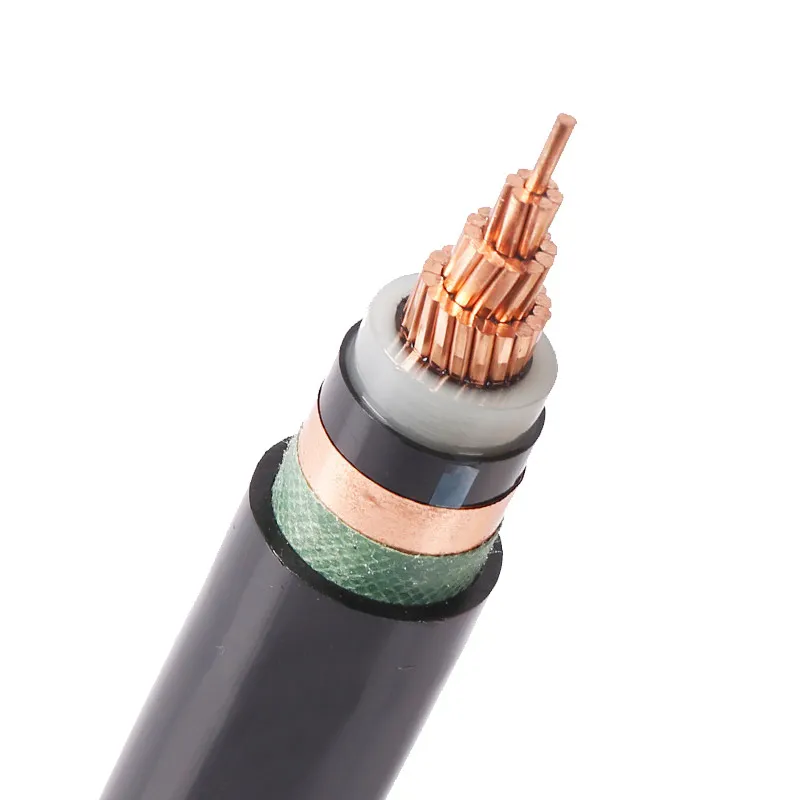Time: 2025-04-25 14:42:46 Source: Henan Province Jianyun Cable Co., Ltd.
High-voltage (HV) cables are designed to carry power at voltages above typical low-voltage systems. Ratings start at around 1 kV for distribution applications, extend from 35 kV to 230 kV for transmission, move into extra-high voltage at 230 kV–800 kV, and exceed 800 kV for ultra-high-voltage systems.

- Low Voltage (LV): up to 1 kV
- Medium Voltage (MV): 1 kV–45 kV
- High Voltage (HV): 45 kV–230 kV
- Extra-High Voltage (EHV): 230 kV–800 kV
- Ultra-High Voltage (UHV): above 800 kV
Common standards such as IEC 60038 and national electrical codes define these categories to guide cable design, insulation, and safe installation practices.
Standard distribution cable voltages include 1 kV, 6 kV, 10 kV, 15 kV, 25 kV, and 35 kV, used in industrial plants, commercial buildings, and urban underground networks.
- EPR (Ethylene Propylene Rubber): common from 4 kV to 34 kV
- XLPE (Cross-Linked Polyethylene): used from 0.6 kV up to 69 kV and higher,
popular in modern distribution and lower-end transmission.
Typical transmission cable classes include 35 kV, 66 kV, 110 kV, 132 kV, 154 kV, and 220 kV, facilitating bulk power transfer between substations and generation facilities.
These cables are used for long-distance underground or submarine links, urban network interconnections, and inter-utility power exchanges.
EHV cables include nominal classes such as 245 kV, 300 kV, 400 kV, 500 kV, 600 kV, and 800 kV, used for very long-haul transmission to minimize losses.
UHV systems operate at 800 kV, 1,000 kV, 1,200 kV, and above, connecting large-scale grid networks with maximum efficiency.
- AT (Alta Tensión): 35 kV–69 kV
- EAT (Extra Alta Tensión): 69 kV–230 kV
- UAT (Ultra Alta Tensión): above 230 kV
- MV: 1 kV–45 kV
- HV: 45 kV–230 kV
- EHV: 230 kV and above